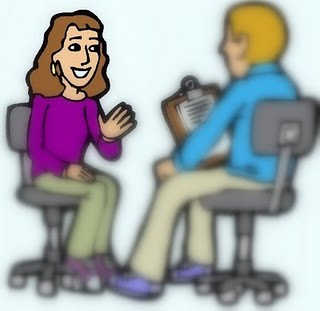Selection interviews and it’s types
Interviewing is really an effective but highly complicated tool of selection. The process of interviewing is an oral examination with all its variations. The written examinations cannot trace the personal qualities, behavior, habits and character traits of the candidate. So in order to find out a suitable candidate, the interviewer has to seek more information about the candidate through interview techniques. Also, the other objective is to impart complete and accurate information about the job and its terms and conditions. The employment interview is usually observed in terms of its long-range effects on the employer, employee and the organization.
The major source of information regarding the personality and background of the applicant is the observation of the candidate’s non-verbal reactions and his general behavior during the interview.… Read the rest
